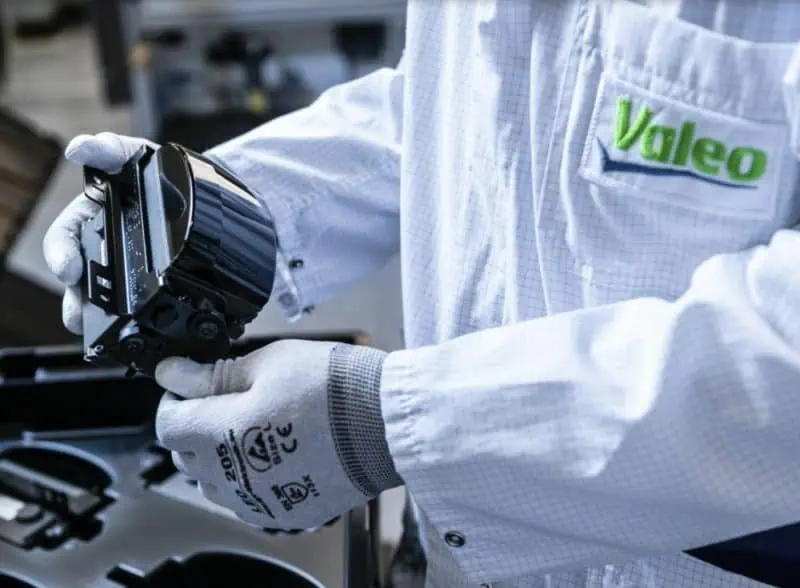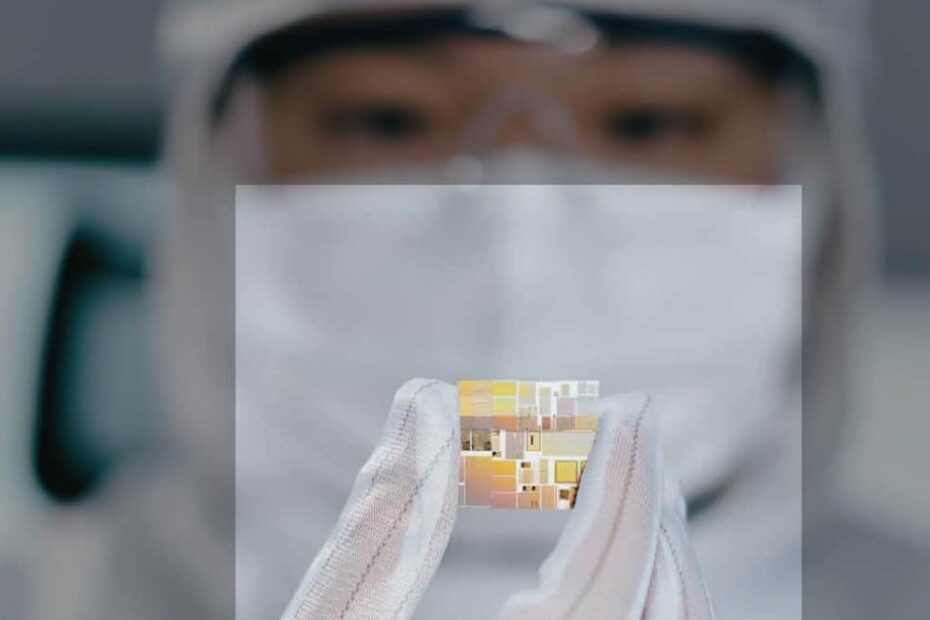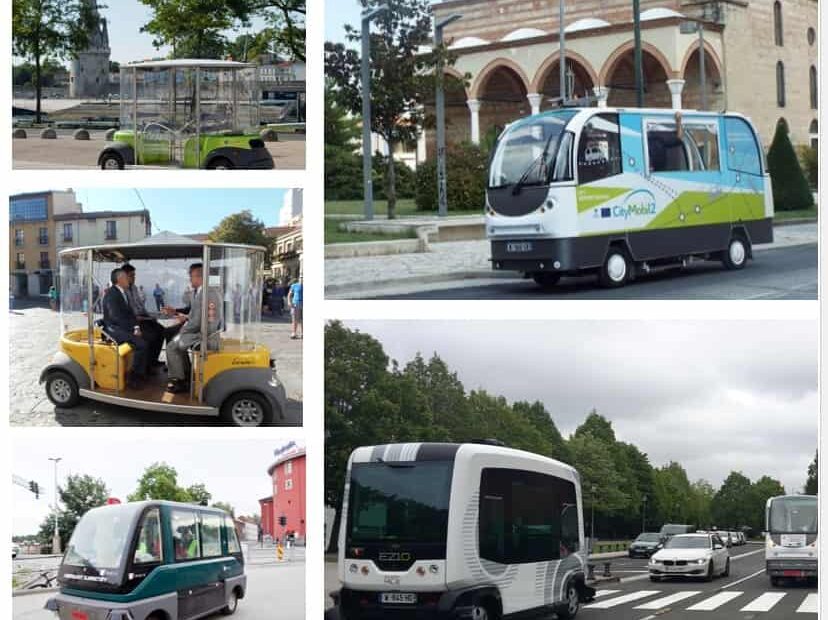Ian Drew: On IoT and Life After Arm
What’s at stake?
IoT devices are fundamentally different from PCs or mobile phones. They must last 20 to 30 years when deployed in industrial settings. “Imagine a critical vulnerability found in a gateway that sits on top of your oil rig,” says entrepreneur and Arm veteran Ian Drew. Software engineers and chipmakers might be clueless about their own older products that went into that gateway. At stake is the long-term viability and security of IoT devices.











